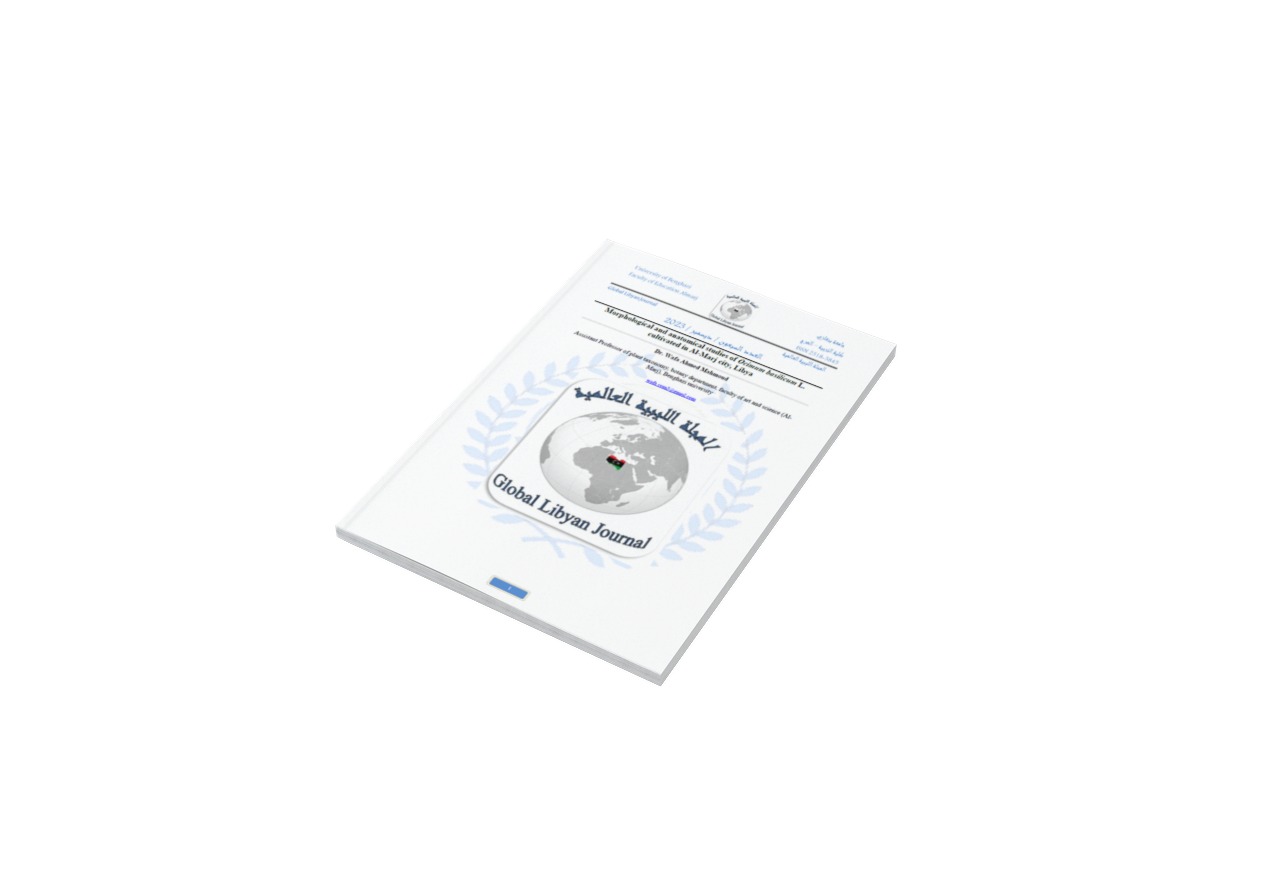Morphological and anatomical studies of Ocimum basilicum L. cultivated in Al-Marj city, Libya
DOI:
https://doi.org/10.37376/glj.vi70.4552Keywords:
Ocimum basilicum, morphology, anatomy, glandular and non-glandular trichomes, Al- Marj (Libya).Abstract
Ocimum basilicum L. belonging to the Lamiaceae family known as the ‘King of Herbs has been used as traditional medicine for various ailments. The aim of the present study is to provide new properties for the identification and description of this species. The morphological and anatomical patterns were investigated by light microscope. The features of floral morphology such as verticillaster number, bract, calyx, corolla and stamens are important characters to distinguish this species. The stomata are present in both epidermises, being of diacytic and anisocytic types. Vascular supply of stem consists of four arcs while in leaves and petiole are continuous bundles. Mesophyll dorsiventral of one row of rectangular palsiade tissue adaxially followed rows of spongy tissue. We observe morphologically different types of glandular and non-glandular trichomes in all the studied organs. The different morphological characters in the trichomes have very important taxonomic values.
Downloads

Downloads
Published
How to Cite
Issue
Section
License
Copyright (c) 2024 Global Libyan journal

This work is licensed under a Creative Commons Attribution-NonCommercial-NoDerivatives 4.0 International License.




